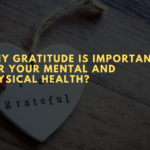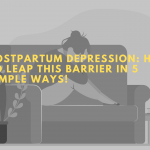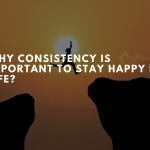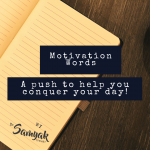You’re driving on the roads, the wind rushing by and you’re mouthing that favorite playlist that you created over a long time, but all is not smooth. It is subtle but it bubbles up – anxiety! Panic attacks are terrifying, they can happen anywhere, can be triggered by anything and one of the worst kinds are the ones triggered while you’re driving. If you have ever felt like that, know that you are not alone in this and there are things that you can do to avoid the panic attacks while driving.
WHAT EXACTLY IS A PANIC ATTACK?
Panic attacks are more or less a heightened response of the brain to the insignificant stimulus it receives from the environment, stimulus here implies the things that are perceived by our senses. We see people using the phrase ‘freak out’ so much that it has lost all gravity to it but when people are actually going through the panic episode you can see the ‘freak out’ materialize. Their heart rates rise, sweat running down their temple, losing focus and if all of that happens while their hands are at the wheel, things can go south pretty soon.
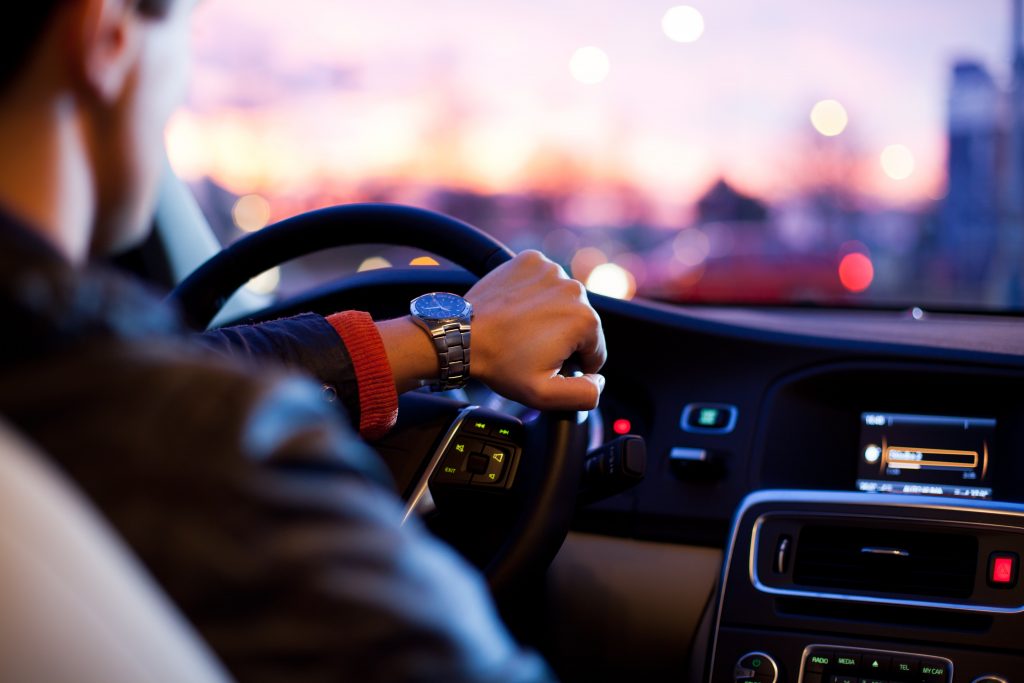
SYMPTOMS OF A PANIC ATTACK
Though panic attacks and anxiety seem similar superficially, there’s a large difference between the two. Anxiety hovers about for days or weeks, panic attacks are temporary. They impair one from functionally normally.
- A sudden feeling of extreme fear
- Escalating heart rate
- Nausea, dizziness
- Sweating and chills
- Feeling like losing control
PANIC ATTACKS WHILE DRIVING, WHAT CAUSES THEM?
There are many reasons why you might get panic attacks while driving and then there are cases when there is no traceable trigger. However, if you happen to have – family history or chance of it running in the blood – significant stress or PTSD – a trauma related to road or vehicular accidents, you are at a higher risk of developing a condition of panic attacks on the road. Panic attacks are also triggered by some specific sight, sounds or smell. If there is an underlying phobia, you might also develop panic attacks.
HOW ARE PANIC ATTACKS SCREENED?
Therapists, Psychologists ask the patient to describe the events with all the details they possibly can remember, the idea is the smallest detail can help in diagnosis. Then the answers are reviewed by the mental health professionals. Now the thing to consider is that a panic attack isn’t itself a disorder. It can, however, be a part of an underlying condition like stress, depression and panic disorder. It is also considered a potential symptom of substance misuse disorder. Panic disorder is treatable but you would need to see a mental health official or a counselor for a complete diagnosis and treatment.

HOW TO AVOID PANIC ATTACKS?
Panic attacks cause symptoms like fear and physical unease to become apparent. Some people have even reported that they felt they would die in the next few seconds. You might feel lightheaded, dizzy, nauseous. In case you are in a location where it is not safe to pull over and get out of your car right away, here are some things you can do.
- DISTRACTIONS – if you can focus on listening to music, podcasts or other radio show you can divert your attention towards those. If you have anxiety music can definitely help you cope with anxiety. The reason why distraction is on this list is that we need to divert the attention of the brain from processing a panic attack to something that is intriguing. The people who like to listen to music while driving are at an advantage as they can enjoy music and drive without losing the focus on road.
- RELAX – if you begin to feel sweaty, dizzy and nauseous you can roll down the windows and let the air in. That may help you calm your senses. Relaxation can work and help you out of anxiety IF you have worked on relaxation. What I mean by that sentence is that if you have practiced relaxation, like meditation or breathwork, you can use it to your advantage and contain a panic attack.
- KEEP YOUR SENSES BUSY – take some cold drink cans with you or candies or even chewing gum, these can stimulate your palate and help to refocus from a panic attack. As stated before the sole purpose of these exercises is that we can train our brain to be able to realize that a panic attack isn’t substantiated, and it can focus on things that generate a sense of control or joy.
- BREATHE – panic attacks can lead to shortness of breath and developing a sensation of choking as well. These can be scary and harmful; you need to have some breathing exercises practiced already so that in such conditions you don’t have to feel breathlessness. Breathlessness is something people experience in the midst of a full-blown panic attack and generally, it makes you take larger-than-regular efforts to breathe.
- PUSH THROUGH IT – sometimes it is better to face the panic attack head-on and push through the fear and paranoia. Driving through a panic attack makes you realize that you can manage the panic attack on your own. This may help you deal better with the panic attack if you have another one.
TAKEAWAY
People might have a repetitive routine of panic attacks, if the condition persists or gets worse with time, you should consider seeking a mental healthcare official’s aid. There are many treatment routines like – CB, exposure therapy and medications like SSRIs/SNRIs or Benzos. A lot of people feel anxious behind the wheel. If you worry about having another panic attack you can consider talking to a mental healthcare official. Therapy can help you prevent panic attacks in the future. Thanks for reading, we will see you next time.



